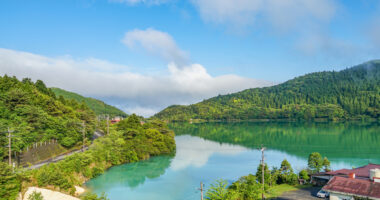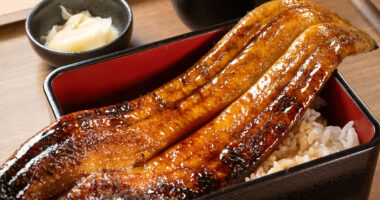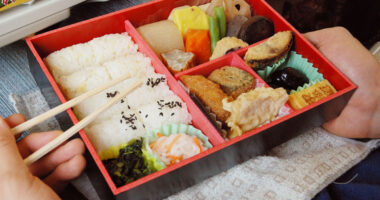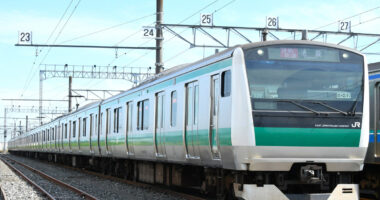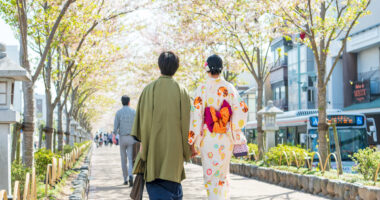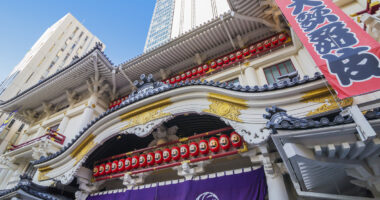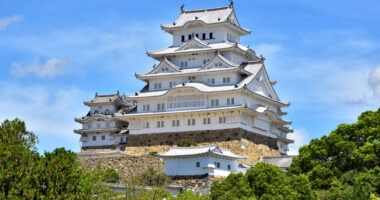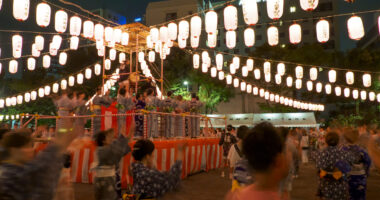Traveling from Tokyo to Nagoya by Shinkansen is a fast, scenic, and stress-free experience. With sleek bullet trains gliding across central Japan, this route is a favorite among travelers eager to explore Nagoya’s cultural heritage, culinary scene, or continue westward to Kyoto and Osaka. In this guide, you’ll learn the key differences between Shinkansen train types, how to choose your seat, where to buy tickets, and essential travel tips to make your journey smooth and enjoyable.
A quick look at the Tokaido Shinkansen
The Tokaido Shinkansen is Japan’s original high-speed rail line, launched in 1964. It links major cities along Japan’s Pacific coast—Tokyo, Nagoya, Kyoto, and Osaka—forming the country’s most vital transport corridor for both business and tourism. With trains departing as frequently as every 10 minutes during peak times, the line offers unmatched convenience and reliability.
Whether you’re boarding at Tokyo Station or transferring from another city, the Tokaido Shinkansen is engineered for speed, punctuality, and comfort—making it the preferred choice for domestic and international travelers alike.
Train types: Nozomi, Hikari, and Kodama
There are three main types of Shinkansen trains on the Tokaido Line—Nozomi, Hikari, and Kodama. Each offers a different balance of speed and the number of stops.
- Nozomi: The fastest option, taking about one hour and 40 minutes from Tokyo to Nagoya with minimal stops. It’s not covered by the Japan Rail Pass, a special pass only available to international visitors with non-Japanese passports.
- Hikari: A slightly slower but Japan Rail Pass-compatible train, taking about 1 hour and 50 minutes. It makes a few more stops than Nozomi.
- Kodama: The slowest service, stopping at all stations. It takes roughly 3 hours to reach Nagoya from Tokyo.
For most international travelers, Hikari strikes the best balance between speed and Japan Rail Pass coverage.
Related article: “What’s the Fastest Train in Japan? A Look at Shinkansen Speeds and Routes“
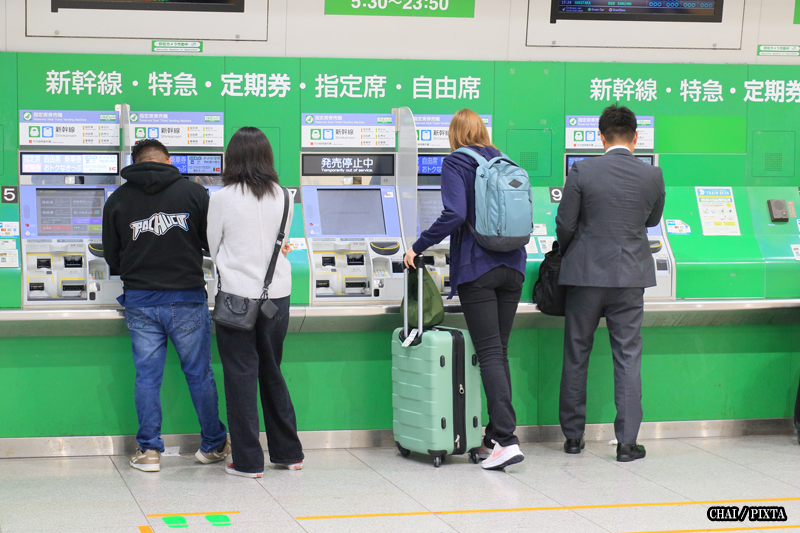
Photo for illustrative purposes
Travel time and costs
Depending on the train type and seating option, prices and times vary slightly. The following are typical fares and travel times for the Tokyo-Nagoya route.
- Nozomi: 12,540 JPY (non-reserved), 13,280 JPY (reserved), about 1 hr 40 min
- Hikari/Kodama: 12,540 JPY (non-reserved), 13,070 JPY (reserved), about 1 hr 50 min to 3 hrs
- Green Car (First Class): 16,730 JPY to 16,940 JPY
Children aged 6 to 12 pay half the adult fare if enrolled in school, while those under 6, or 6-year-olds not yet in school, travel free unless occupying a reserved seat.
Seat types: reserved, non-reserved, and Green Car
When purchasing tickets, you’ll choose from three seat categories:
- Reserved seat: Guarantees a specific seat. Best for peak travel times or large groups.
- Non-reserved Seat: First-come, first-served. Cheaper, but no guaranteed seat.
- Green Car: Japan’s first-class experience—spacious seating, quieter cars, and extra legroom.
If you prioritize comfort or plan to travel during peak hours, consider reserving your seat or upgrading to the Green Car.
How to buy tickets
Tickets can be purchased in several ways, making it easy for both first-time and seasoned travelers.
- Ticket machines: Located in major stations, with English options. Credit cards accepted.
- Ticket counters (Midori no Madoguchi): Staffed counters where you can ask questions or get help in English.
- Japan Rail Pass users: Reserve seats at a JR counter or use machines compatible with the Japan Rail Pass.
Be sure to bring your passport when using a Japan Rail Pass.
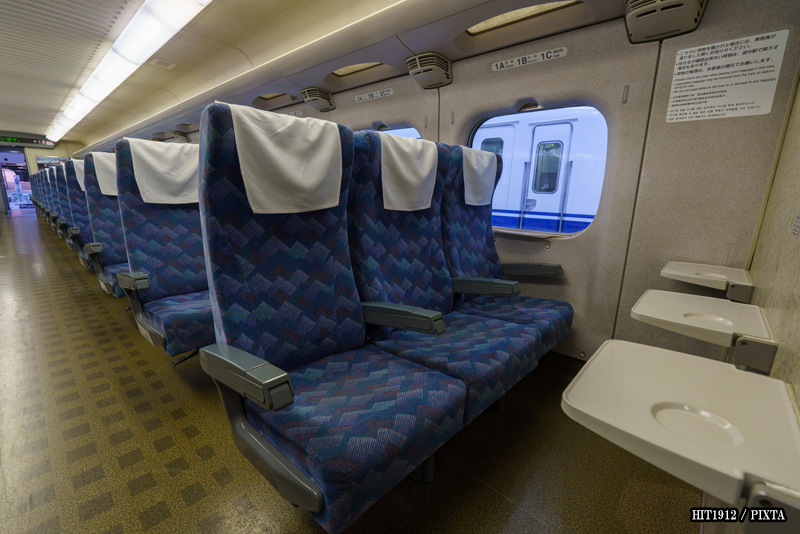
Photo for illustrative purposes
Travel tips: luggage, timing, and boarding
To make your trip smoother, here are some essential tips:
- Arrive early: Platforms can be busy. Arrive at least 15-20 minutes before departure.
- Boarding zones: Check the platform signs to find your car number.
- Luggage: Suitcases exceeding 160 cm total dimensions require a 1,000 JPY reservation for oversized baggage areas (bookable online or at counters); otherwise, space isn’t guaranteed. Smaller bags fit overhead or at your feet. From July 1, 2025, a trial will waive baggage reservation fees, but seat reservations for oversized areas remain mandatory.
- Food & drink: You can bring your own meals or purchase a bento at the station. Eating onboard is common and perfectly acceptable.
- Quiet zones: Be respectful of other passengers. Keep your phone on silent and avoid loud conversations.
Final thoughts
Whether you’re heading to Nagoya for its cultural landmarks, culinary specialties, or as a launchpad to explore the Kansai region, the Tokaido Shinkansen ensures your journey begins with ease and comfort.
By understanding your train and seat options, knowing how to buy tickets, and preparing ahead for the journey, you can focus on enjoying Japan’s high-speed travel experience to the fullest.



